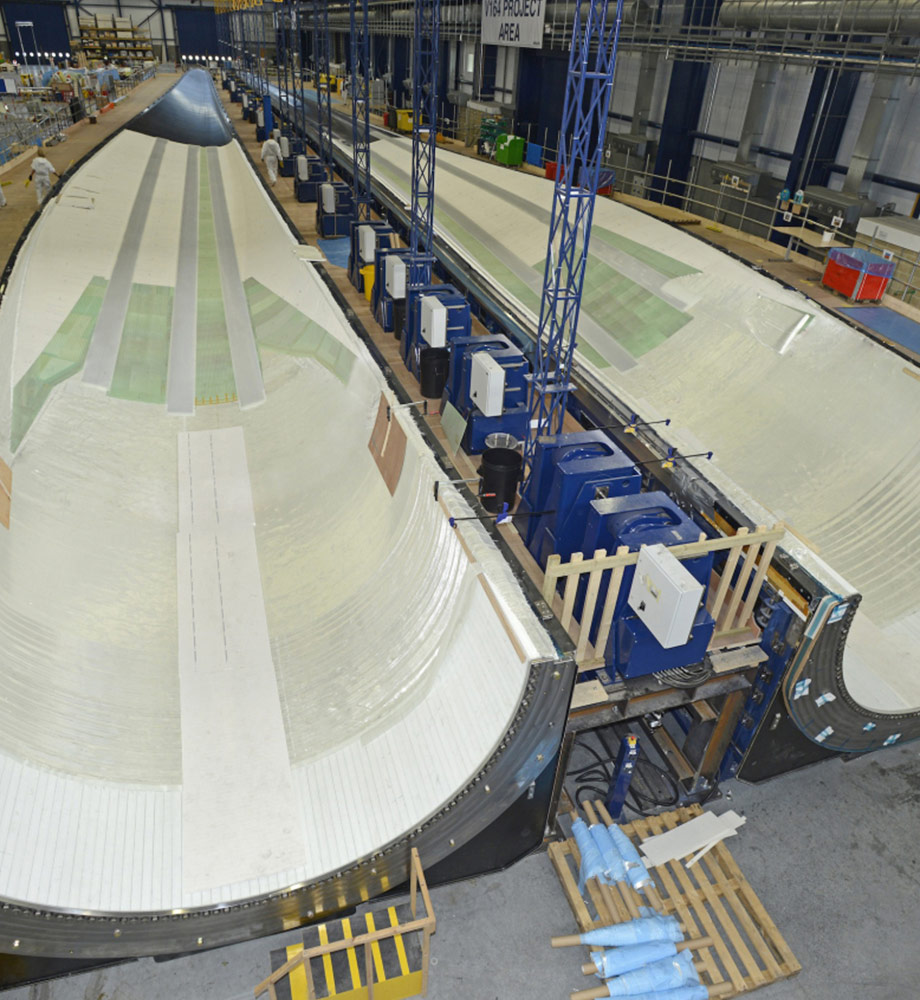Blade Webs
Blade webs (shear webs) are internal composite panels that connect the upper and lower skins of a wind blade. Typically molded sandwich panels, webs carry shear loads and stabilize the blade’s structure. Made of fiberglass (with foam or balsa core), they form the central “spine” of the blade. Webs are tailored in shape (often tapered) to match the blade profile. They are positioned at regular intervals along the blade span. By distributing loads, shear webs allow the blade skins to be thinner and lighter.
Product Inquiry

